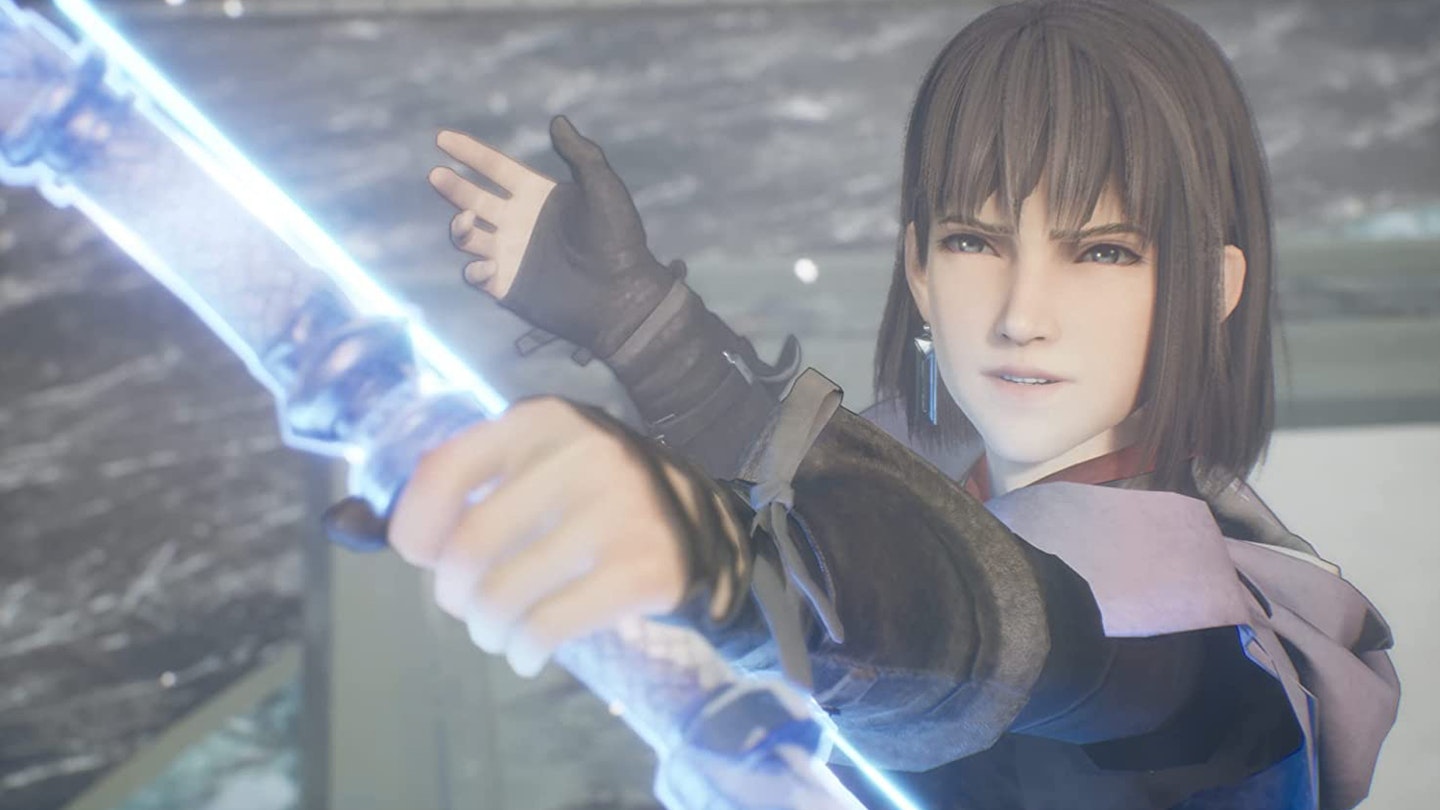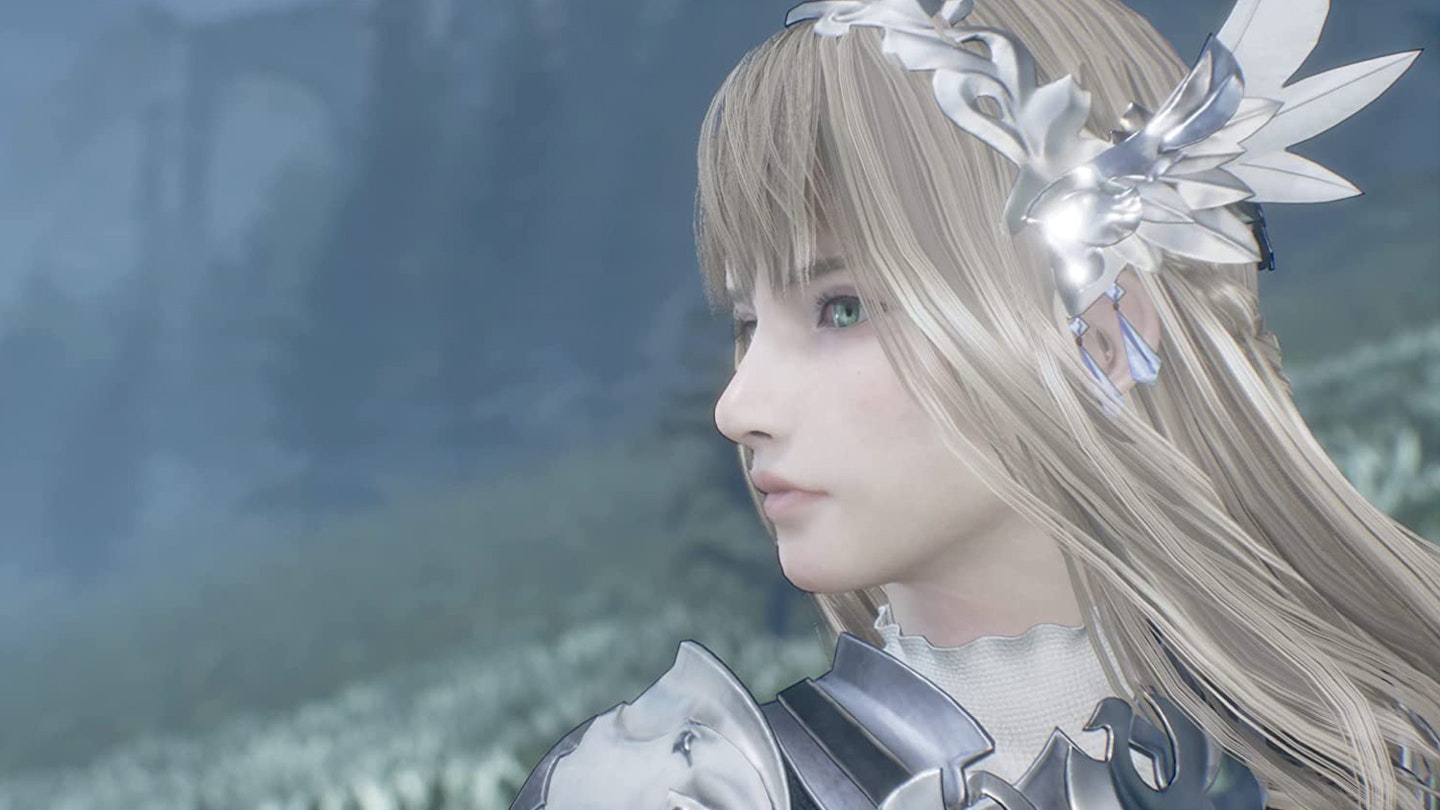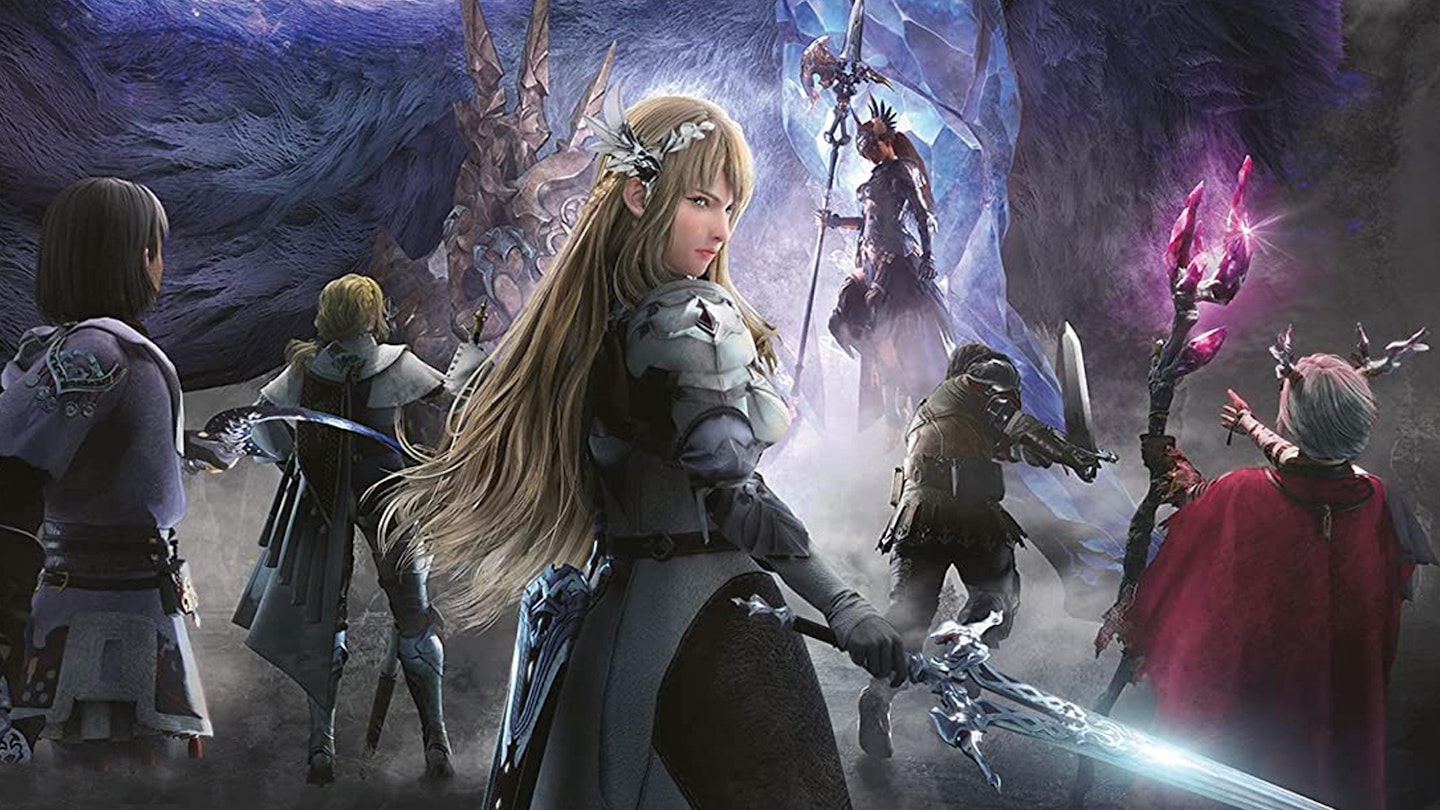Platforms: PS5, PS4, PC
In Norse mythology (and certain Marvel movies) Valkyries were the gatherers of the honoured dead, shepherding fallen warriors to eternal glory in the halls of Valhalla. In Valkyrie Elysium, Square Enix’s revival of its PS1-era JRPG series Valkyrie Profile, they also have a side hustle of smashing boxes. Many, many boxes.
Let’s wind it back though. Elysium picks up in the wake of a war between Odin, leading the Norse pantheon, and Fenrir, a colossal wolf, and its army of undead. Unfortunately for us mere mortals, much of the conflict took place on Midgard (or Earth, to us), wiping out most of humanity in the process. With the war ending in stalemate, Odin creates a new Valkyrie to return to Midgard and cleanse it of dark spirits, restore the gods’ power, and prevent the final dawning of Ragnarok.

It’s a solid hook, and over the course of the main campaign’s 20-odd hours, Valkyrie Elysium weaves an engaging, if familiar, fantasy tale. Expect themes of predetermination and individuality as Valkyrie slowly comes to question her role in Odin’s plans, and clashes with a rival shieldmaiden who infers there’s more to the war than Valkyrie – and players – have been told. It’s all wrapped up in a uniquely Japanese interpretation of Norse myth that’s worth checking out just for the sheer weirdness of it in places – for instance, Odin here is not the stocky, grizzled, war-torn All-Father he’s usually depicted as, but rather a slender, elegantly dressed, handsome young man, while Valhalla is an ornate castle sculpted from marble and decorated in gold, rather than a beer hall at the end of eternity.
Elysium swaps the turn-based combat of its Profile progenitors for real-time battles with an emphasis on speedy combos and elemental magic. Valkyrie can also summon up to two Einherjar – warriors whose souls resonate even after death – to aid her in combat. Their elemental natures enhance Valkyrie’s attacks, while their own blows on enemies bolster a shared combo meter, for massive damage. For instance, if you’re facing a tough enemy with a weakness to fire – weaknesses are handily displayed on their health bar – then a fire-aligned Einherjar will do more damage themselves when summoned, and also give a fiery boost to Valkyrie’s weapons for as long as they’re active.
There's a fluidity and elegance to combat that's not dissimilar to Devil May Cry
Overall, it’s a simple but satisfying system, one where button mashing your way through combat will suffice if you absolutely have to, but where learning the actual combos and attack chains, how and when to best use magic, and the perfect time to summon an Einherjar proves far more rewarding. There’s a fluidity and elegance, almost balletic, approach to combat in Valkyrie Elysium that’s not dissimilar to Devil May Cry – a comparison that bears closer scrutiny given you’re scored and ranked based on performance. Taking too much damage or even using consumable items in the course of a mission will penalise your ranking, incentivising replaying missions to get that perfect score.
However, Valkyrie Elysium is held back by two main problems. One is that combat is about all there is to the game. There’s a clear formula here: select a mission in Valhalla, go down to Midgard, kill a bunch of undead, report back to Odin, repeat. There’s little else to materially do, short of speak to disembodied spirits to unlock the occasional subquest – which offer more of the same combat-heavy experiences – and hunt down Hollow Blossoms, small flowers that give text-based snippets of lore; flavour text for a fallen world.

Because everything is so focused on combat, you’re incentivised to harvest resources to upgrade Valkyrie’s weapons and skills – which is where the box-smashing comes in. While some materials are dropped by enemies, Elysium’s mission maps are crammed with crates, barrels, and other storage receptacles that serve no purpose other than to break apart in search of various upgrade gems. The worlds themselves are otherwise devoid of life, with no reason to explore other than finding the odd treasure chest or Hollow Blossom. The result is that Elysium rapidly falls into a tiresome pattern of fighting some enemies, moving down a corridor, smashing everything in sight, and repeating. Even glorious Valhalla is empty and soulless; more a cavernous tomb than a home of gods, albeit one where training grounds and upgrade facilities present themselves between core missions.
The Einherjar are probably the best thing about Valkyrie Elysium – not only do they enhance the game’s combat in meaningful and tactical ways, they’re also typically the most interesting characters in the game. Valkyrie herself is a bit of a blank slate, but between conversations with these spectral allies in Valhalla and their chatter in battles, the Einherjar add some much needed personality to the game. The ability to unlock memories of their lives on Earth – which present as bite-sized audio dramas, playable at any time from the menu – also adds some warmth to Elysium’s barren world, evidence that people did once live there.
The likes of Dark Souls or Elden Ring show that bleak, broken worlds can still be mesmerising, and with Valkyrie Elysium’s real-time combat, medieval fantasy aesthetic, and detached approach to lore, it certainly seems Square Enix is trying to offer a twist on those games. Unfortunately, locked into a rigid mission based structure and with little else in the way of variety, Valkyrie Elysium struggles to be anywhere near as compelling. Anyone looking for a stylish action RPG will get their money’s worth, but those wanting something deeper will be disappointed.
